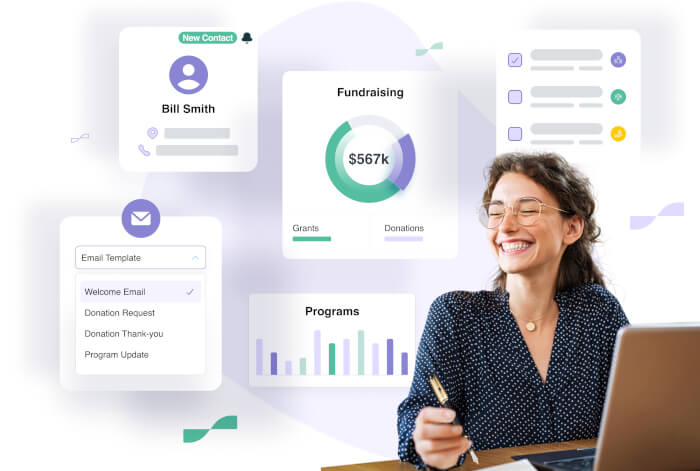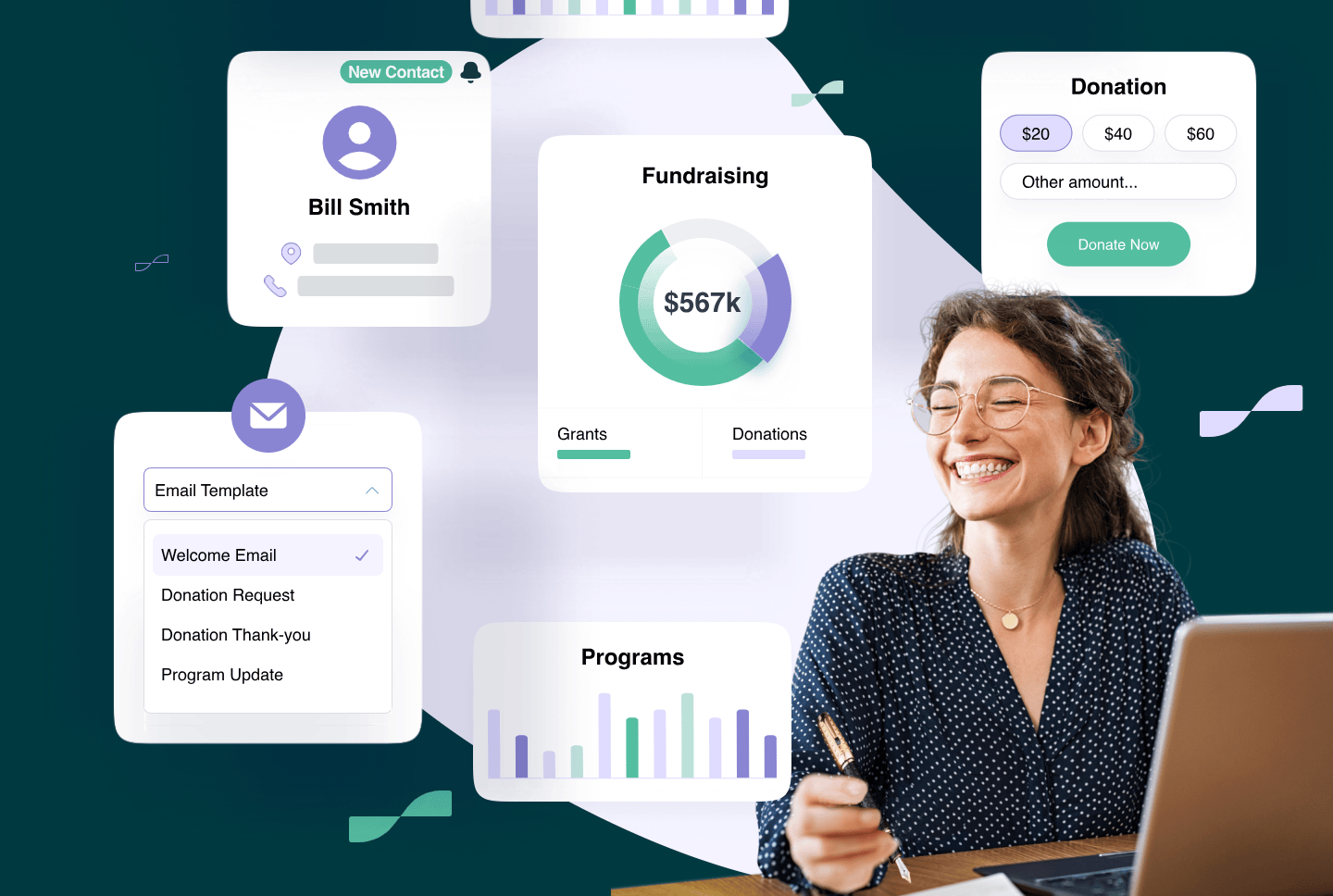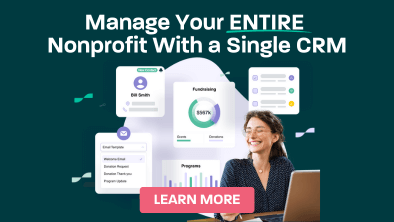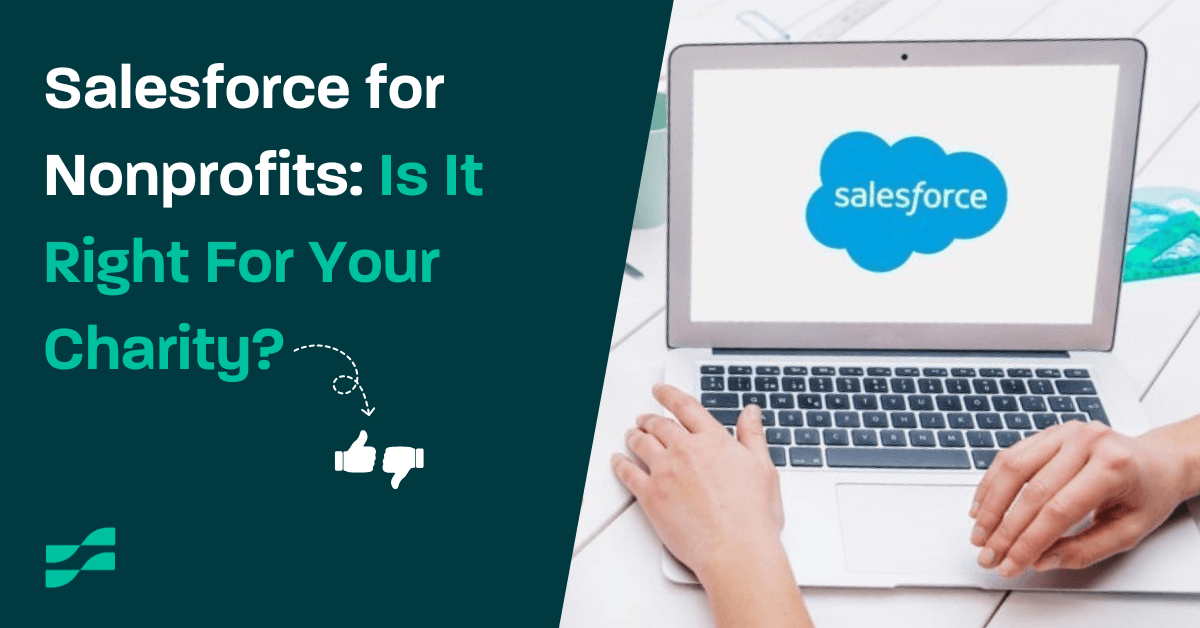
In the ever-evolving landscape of nonprofit management, finding the right tools to streamline operations, enhance donor relationships, and maximize impact is crucial. One solution that has gained significant attention is Salesforce for nonprofits.
But is it the right fit for your charity?
In this comprehensive guide, we’ll delve into what Salesforce for nonprofits offers, explore its features and benefits, discuss its costs, and weigh the pros and cons.
Additionally, we’ll introduce Sumac CRM as a compelling alternative for those seeking a more affordable and user-friendly solution.
We’ll explore the following:
What is Salesforce for Nonprofits?
Salesforce, a global leader in customer relationship management (CRM) software primarily for businesses, but has tailored offerings to meet the unique needs of nonprofit organizations through two primary solutions: Salesforce Nonprofit Cloud and the Nonprofit Success Pack (NPSP).
- Salesforce Nonprofit Cloud is a comprehensive platform designed to help nonprofits manage their entire operation, from fundraising and program management to marketing and engagement. It provides a 360-degree view of constituents, enabling organizations to build stronger relationships with donors, volunteers, and beneficiaries.
- Nonprofit Success Pack (NPSP) is an add-on package that transforms Salesforce’s core CRM capabilities into a powerful tool for nonprofits. It includes features like donor management, grant tracking, and volunteer coordination. NPSP is built on top of Salesforce’s robust infrastructure, allowing nonprofits to leverage its flexibility and scalability.
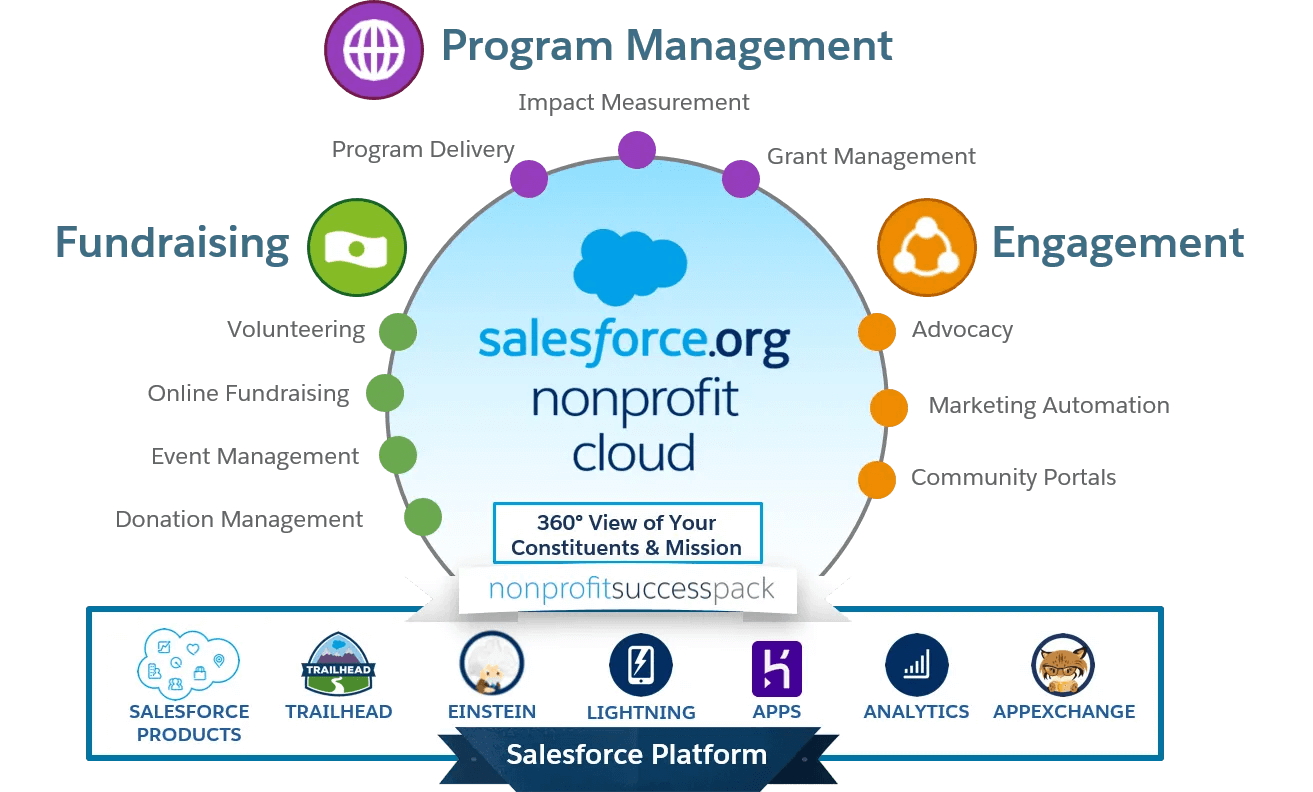
How Much is Salesforce for Nonprofits?
Understanding the cost of Salesforce for nonprofits is crucial for budgeting and decision-making. The pricing structure can vary based on factors such as the number of users, additional features, and customization requirements.
Is Salesforce free for nonprofits?
Well yes and no. Salesforce offers a program called the “Power of Us,” which nonprofits can apply for and provides 10 free licenses if you are eligible.
However, it’s essential to carefully assess your needs and budget to avoid unexpected expenses. While the free licenses are a significant benefit, additional costs can arise from customization, integrations, and ongoing support.
The cost of Salesforce for nonprofits can quickly escalate if your organization requires extensive customization or if you need to purchase additional licenses beyond the free ones.
An Affordable Alternative
If you don’t want to be surprised by unexpected costs, Sumac nonprofit CRM is a great alternative to Salesforce for nonprofits, since it offers extensive add-ons and customization, doesn’t require a consultant, and starts at just $49/month.
How to Use Salesforce for Nonprofits
Implementing Salesforce for nonprofits can be a transformative journey, but it requires careful planning and execution.
Here’s a step-by-step guide to help you get started:
- Define Your Goals: Before diving into Salesforce, it’s essential to define your organization’s objectives. Are you looking to improve donor retention, streamline volunteer management, or enhance program impact? Clearly outlining your goals will guide your implementation strategy.
- Customization: One of the standout features of Salesforce for nonprofits is its customization capabilities. You can tailor the platform to meet your specific needs by creating custom objects, fields, and workflows. However, this flexibility requires technical expertise or the assistance of a consultant.
- Data Migration: Transitioning from your existing system to Salesforce involves migrating your data. This step is critical to ensure a smooth transition and requires careful planning to maintain data integrity.
- Training and Adoption: To maximize the benefits of Salesforce, your team needs to be well-trained. Salesforce offers a wealth of resources, including online courses and certifications, to help your staff become proficient users.
- Integration: Salesforce for nonprofits integrates with a wide range of third-party applications, allowing you to extend its functionality. Popular integrations include accounting software, email marketing tools, and event management platforms.
- Continuous Improvement: Once Salesforce is up and running, it’s important to continuously evaluate its performance and make necessary adjustments. Regularly reviewing your processes and data can help you identify areas for improvement.
Pros and Cons of Salesforce for Nonprofits
Like any software solution, Salesforce for nonprofits has its strengths and limitations. Let’s explore the pros and cons to help you make an informed decision:
Pros
- Integration: Salesforce’s extensive ecosystem of third-party integrations allows you to connect with other tools you may already be using. This integration capability enhances your overall efficiency and effectiveness.
- Scalability: Salesforce is renowned for its scalability, making it suitable for nonprofits of all sizes. Whether you’re a small local charity or a large international organization, Salesforce can grow with you.
- Customization: The ability to customize Salesforce to meet your specific needs is a significant advantage. You can create tailored workflows, reports, and dashboards to align with your organization’s processes.
- Community and Support: Salesforce boasts a vibrant community of users and experts who are willing to share their knowledge and experiences. Additionally, Salesforce offers comprehensive support resources, including documentation, forums, and customer support.
Cons
- Complexity: While customization is a strength, it can also be a drawback for organizations without technical expertise. Implementing and maintaining Salesforce may require hiring a consultant or investing in staff training.
- Cost: Although Salesforce offers free licenses through the Power of Us program, the overall cost can add up quickly. Customization, integrations, and additional licenses can strain your budget.
- Time to Get Started: Implementing Salesforce is not a quick process. From data migration to customization, it can take several months to fully integrate Salesforce into your operations.
- Learning Curve: Salesforce’s robust features come with a learning curve. Your team will need time and training to become proficient users, which can impact productivity during the transition period.
For nonprofits looking for something easier to implement and more cost effective, Sumac CRM is a great alternative to Salesforce for nonprofits, as it’s an out-of-the box solution with extensive customization options, and very little learning curve.
Is Salesforce Right for Your Charity?
Deciding whether Salesforce for nonprofits is the right fit for your charity depends on several factors. Consider your organization’s size, budget, technical expertise, and specific needs.
If you’re a large organization with complex requirements and the resources to invest in customization, Salesforce may be an excellent choice.
However, if you’re a smaller nonprofit or looking for a more cost-effective and user-friendly solution, it’s worth exploring alternatives like Sumac CRM.
Sumac is a customizable, all-in-one nonprofit software solution that is more affordable and easier to get started with. It also provides essential features such as contact management, donations, case management, volunteers, memberships, grant management, and more, without the complexity and high costs associated with Salesforce.
Conclusion
Salesforce for nonprofits is a powerful tool that can transform the way your charity operates. Its scalability, customization options, and integration capabilities make it a popular choice for many organizations.
However, it’s essential to weigh the pros and cons, consider the Salesforce for nonprofits cost, and evaluate whether it’s the right fit for your specific needs.
If you’re seeking a more affordable and user-friendly alternative, consider exploring Sumac CRM or Sumac nonprofit case management software.
With its comprehensive features and ease of use, Sumac can help your nonprofit achieve its goals without the complexities and high costs associated with Salesforce.
Ultimately, the decision to adopt Salesforce for nonprofits or an alternative solution should align with your organization’s mission, resources, and long-term objectives. By carefully assessing your needs and exploring your options, you can find the right software solution to empower your charity and drive meaningful impact.


